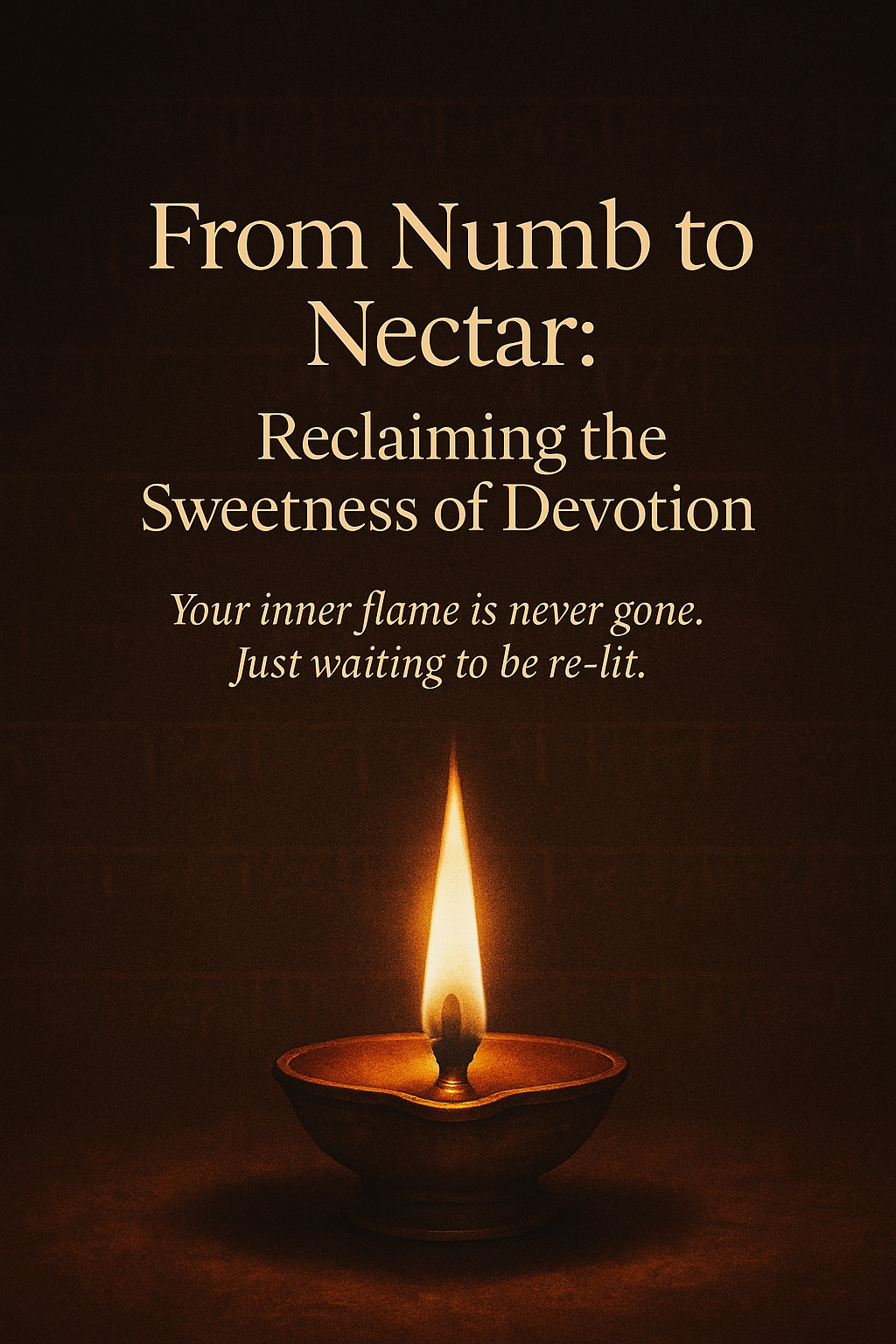Mantras are not just words; they are frequencies that shape reality. Among all the sounds we can chant, one of the most powerful is "Parah", which means to suppress. But here’s the paradox—suppression does not silence energy; it amplifies it.
When we understand how sound moves through different levels of consciousness, we unlock the secret to true transformation.
The Four Levels of Sound: Vaikhari, Madhyama, Pashyanti, and Parah
Ancient yogic wisdom describes four stages of sound, each with an increasing degree of potency:
1. Vaikhari (Spoken Sound) – The Power of External Expression
When we chant a mantra aloud, we are in the realm of Vaikhari—the grossest form of sound. It vibrates in the physical world, affecting the body and immediate surroundings. Vaikhari is powerful, but it is only the surface level of a deeper practice.
2. Madhyama (Mental Sound) – The Power of the Mind
When we recite a mantra internally, in the mind, it becomes Madhyama, which is 108 times more potent than Vaikhari. This is because mental repetition works directly on the subconscious, bypassing external distractions.
3. Pashyanti (Written or Seen Sound) – The Power of Vision
When a mantra is written down or visualized, it enters Pashyanti, meaning "that which is seen." At this level, the mantra is 11,664 times more powerful than spoken sound. Writing and seeing the mantra embed its frequency deep into our consciousness, allowing it to alter our perception of reality.
4. Parah (Transcendental Sound) – The Power of the Suppressed
The deepest form of sound is Parah, meaning "beyond." This is the unspoken, suppressed energy—the raw potential of thoughts, emotions, and intentions that remain unexpressed. When a thought is suppressed, it does not disappear; instead, it becomes 1,259,712 times more powerful.
This is why suppressing thoughts, emotions, and desires does not remove them—it multiplies their energy exponentially. Suppression leads to resistance, internal pressure, and, eventually, karmic manifestations in the external world.
Why Suppression is Dangerous
Imagine trying to hold a beach ball underwater. The deeper you push it down, the stronger it fights to rise. The same happens with unexpressed thoughts and emotions. When we ignore them, they do not vanish—they gather force in the subconscious until they erupt, often in unpredictable ways.
This is why spiritual masters emphasize awareness over suppression. The goal is not to push thoughts away, but to witness them, integrate them, and channel them into transformation.
How to Use This Knowledge in Your Mantra Practice
✨ Chant aloud (Vaikhari) to influence your physical energy.
✨ Repeat mentally (Madhyama) to reprogram your mind.
✨ Write it down (Pashyanti) to deepen your consciousness.
✨ Observe your suppressed thoughts (Parah) without judgment to transmute them.
✨ Repeat mentally (Madhyama) to reprogram your mind.
✨ Write it down (Pashyanti) to deepen your consciousness.
✨ Observe your suppressed thoughts (Parah) without judgment to transmute them.
Instead of suppressing emotions, meditate on them, give them space, and allow them to dissolve naturally. Transformation happens not through force, but through awareness.
The next time you feel resistance, ask yourself:
❖ Am I trying to suppress something?
❖ What happens if I just observe it without pushing it away?
❖ How can I use mantra, breath, or meditation to transform this energy?
❖ Am I trying to suppress something?
❖ What happens if I just observe it without pushing it away?
❖ How can I use mantra, breath, or meditation to transform this energy?
When you work with your energy instead of against it, you stop fighting yourself—and that is where true liberation begins.
Chant. Meditate. Write. Witness.
And most importantly, let the energy flow.
And most importantly, let the energy flow.


0 Comments